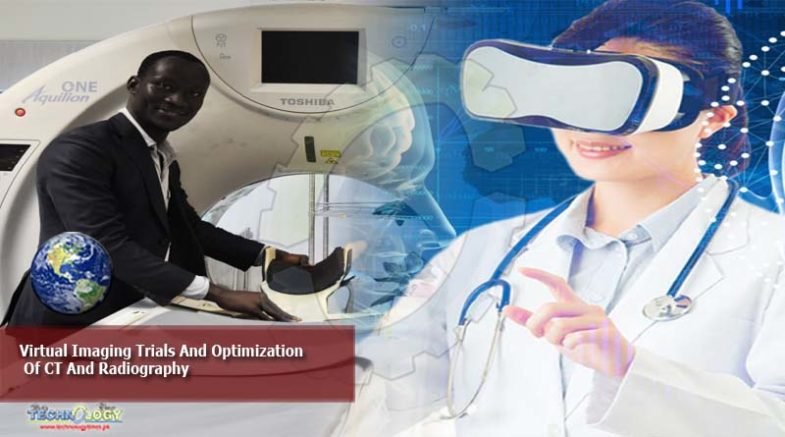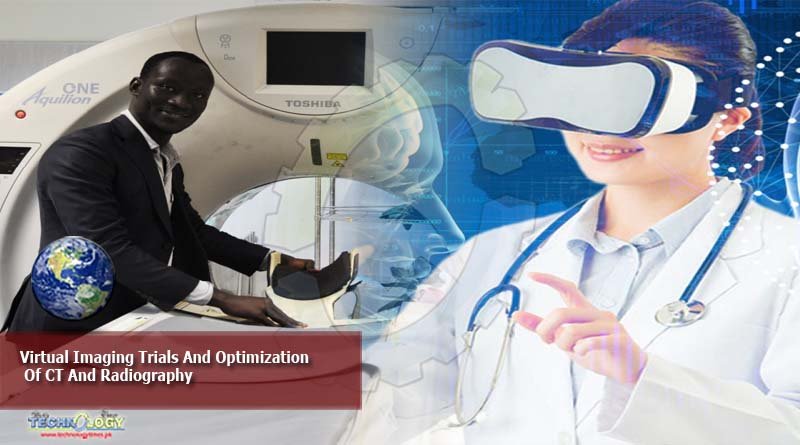An open-access article in ARRS’ American Journal of Roentgenology (AJR) established a foundation for the use of virtual imaging trials in effective assessment and optimization of CT and radiography acquisitions and analysis tools to help manage the coronavirus disease (COVID-19) pandemic.

A new study provides the atomic-level 3D structure of the proteins behind plant respiration – the release of energy from food intake.
Researchers from the Department of Molecular and Cellular Biology at the University of California – Davis have provided the “first-ever, atomic level, 3D structure of the largest protein complex (complex I).” This protein complex is involved in the mitochondrial electron transport chain in plants.
Virtual imaging trials have two main components–representative models of targeted subjects and realistic models of imaging scanners–and the authors of this AJR article developed the first computational models of patients with COVID-19, while showing, as proof of principle, how they can be combined with imaging simulators for COVID-19 imaging studies.
“For the body habitus of the models,” lead author Ehsan Abadi explained, “we used the 4D extended cardiac-torso (XCAT) model that was developed at Duke University.”
Abadi and his Duke colleagues then segmented the morphologic features of COVID-19 abnormalities from 20 CT images of patients with multidiagnostic confirmation of SARS-CoV-2 infection and incorporated them into XCAT models.
“Within a given disease area, the texture and material of the lung parenchyma in the XCAT were modified to match the properties observed in the clinical images,” Abadi et al. continued.
Using a specific CT scanner (Definition Flash, Siemens Healthineers) and validated radiography simulator (DukeSim) to help illustrate utility, the team virtually imaged three developed COVID-19 computational phantoms.
“Subjectively,” the authors concluded, “the simulated abnormalities were realistic in terms of shape and texture,” adding their preliminary results showed that the contrast-to-noise ratios in the abnormal regions were 1.6, 3.0, and 3.6 for 5-, 25-, and 50-mAs images, respectively.
Originally published at sciencedaily
